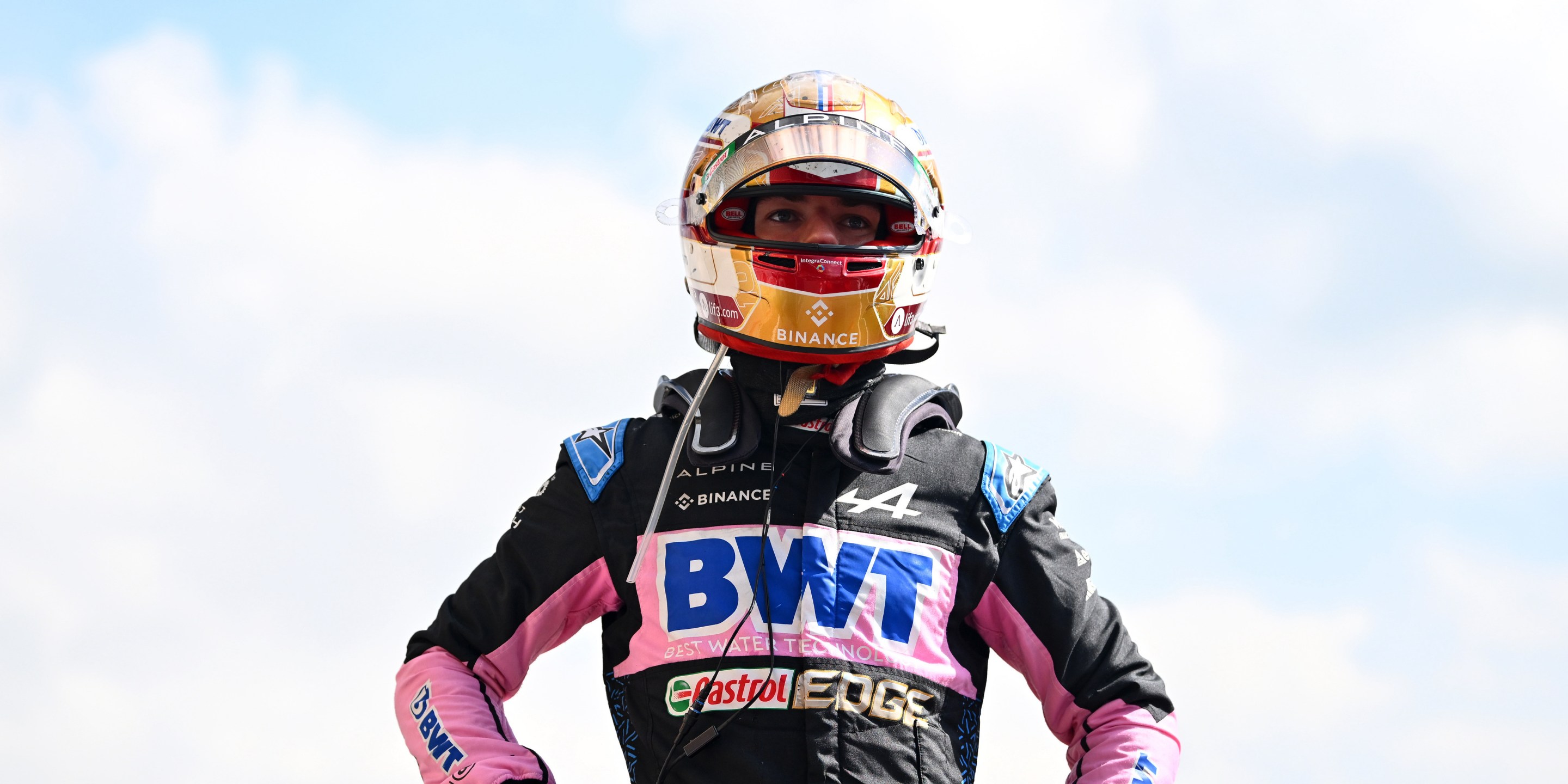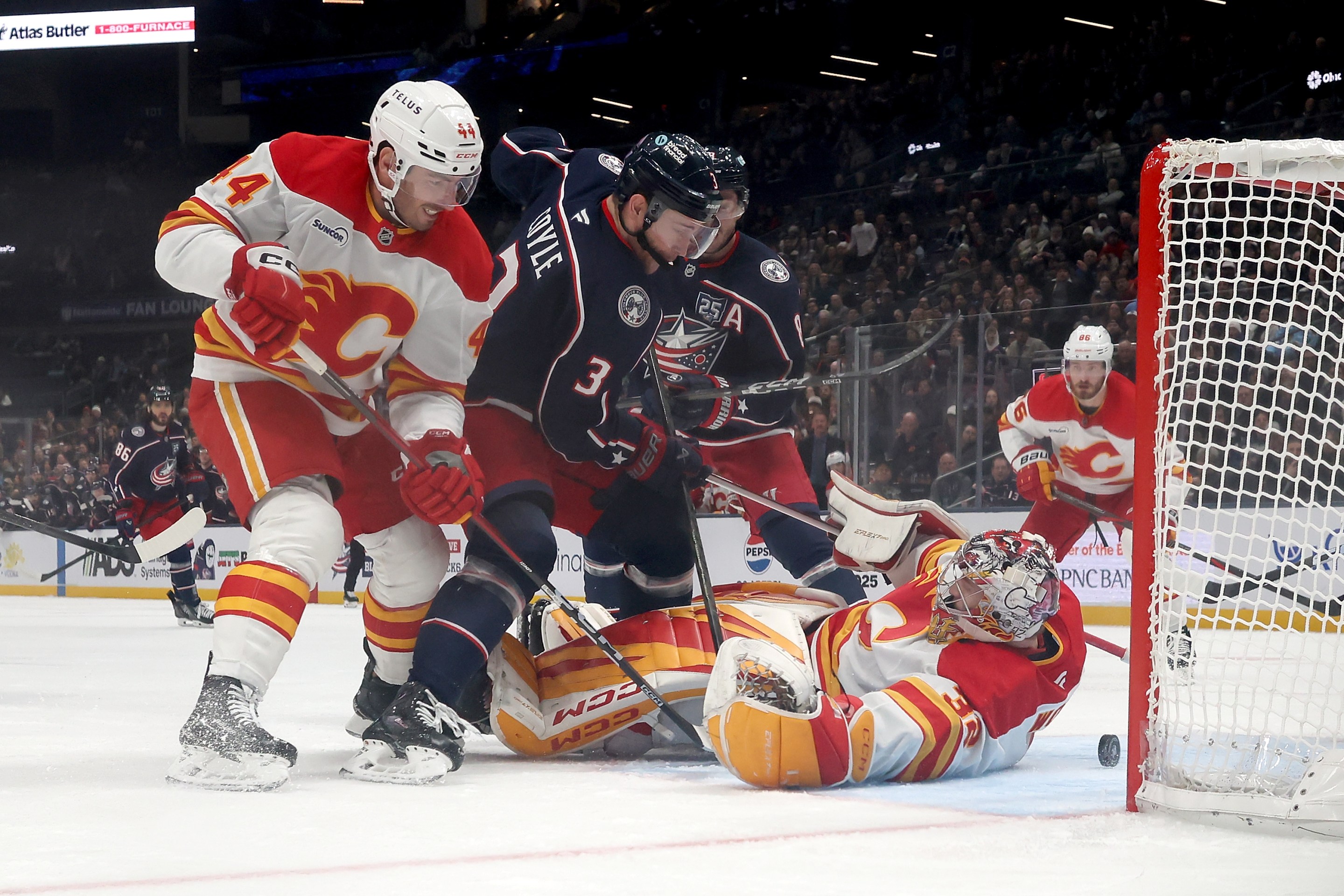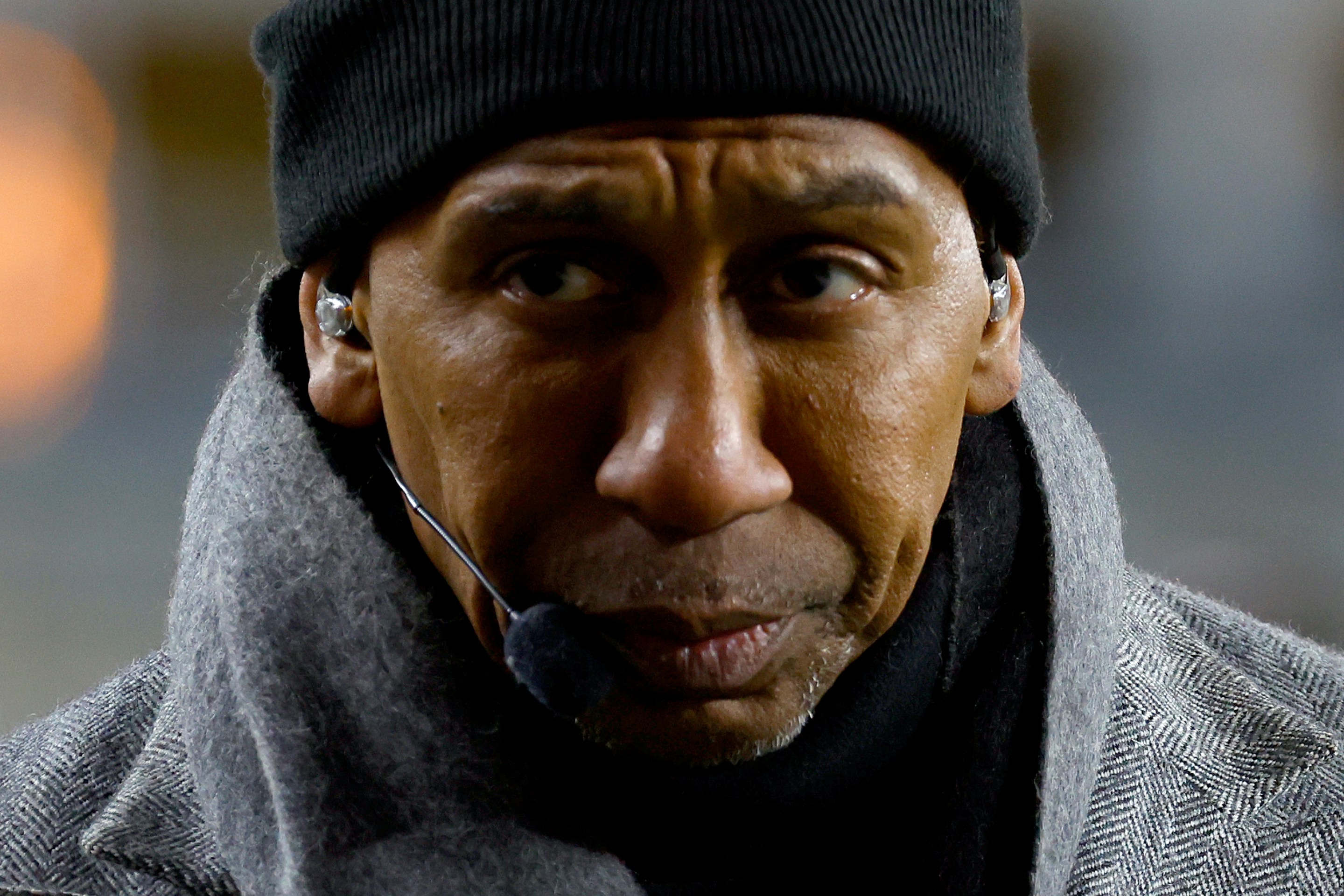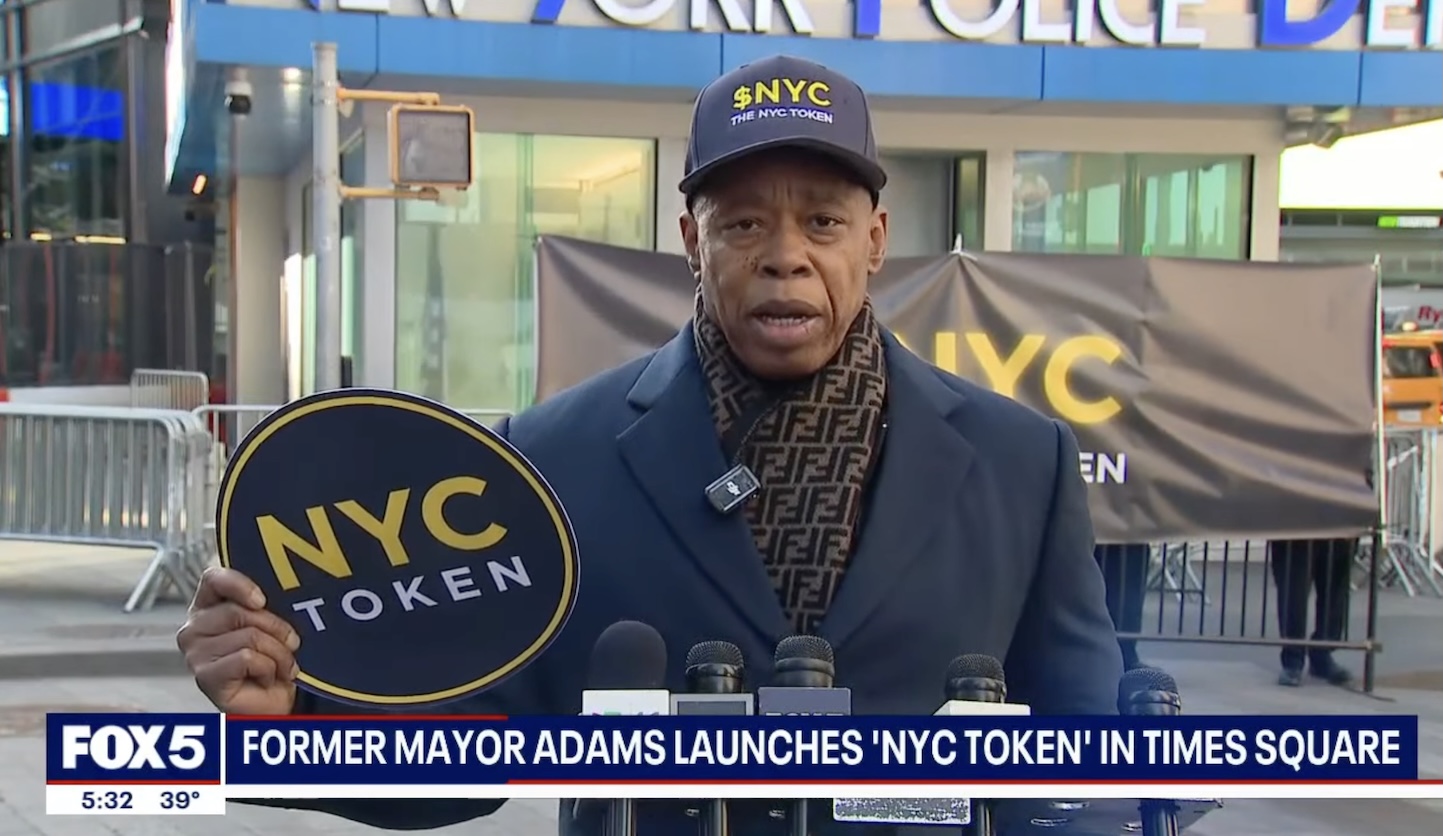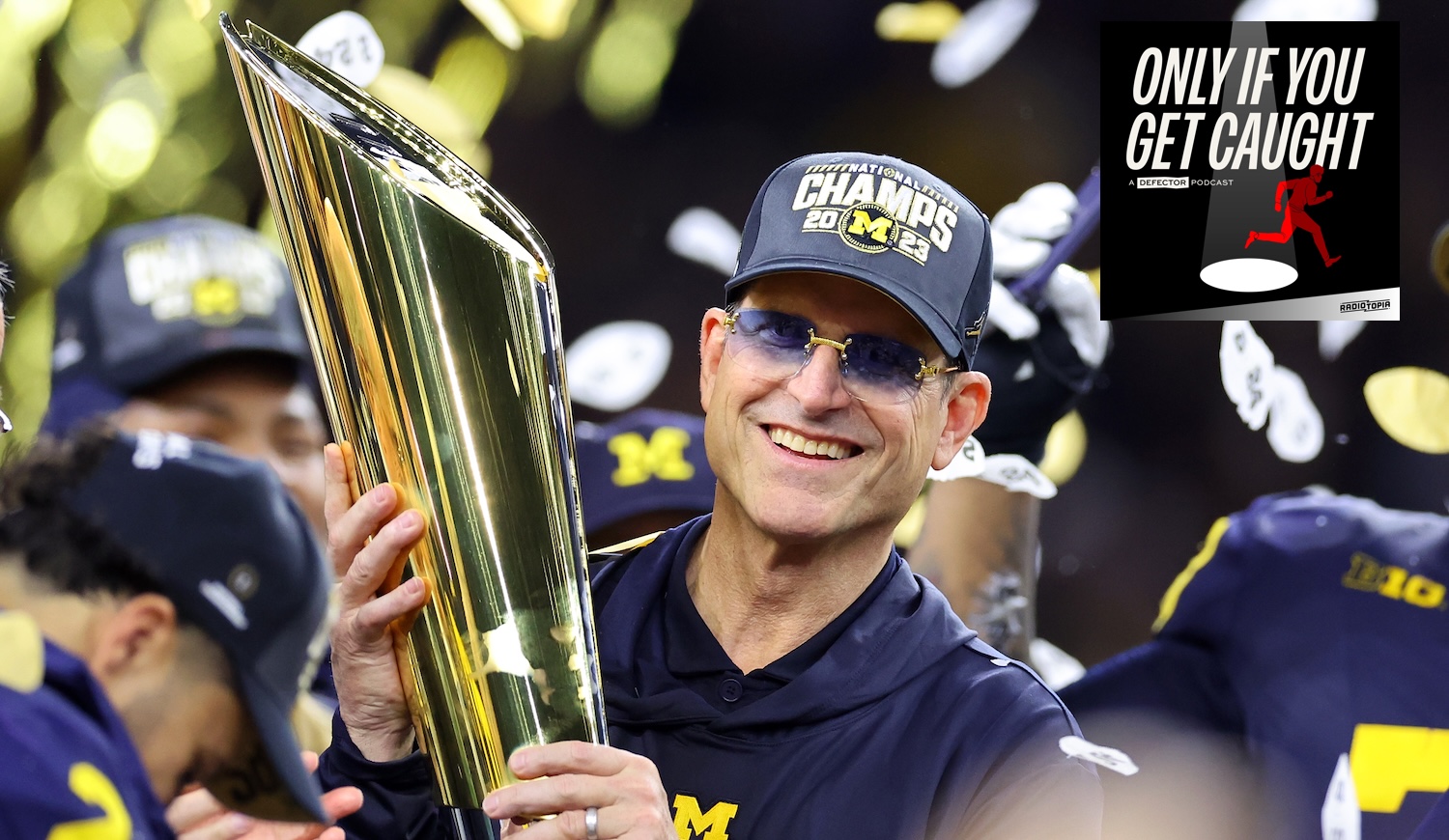Before the Belgian Grand Prix began last weekend, Pierre Gasly hosted a run around the Circuit de Spa-Francorchamps in memory of Anthoine Hubert and Dilano van 't Hoff, who had both died in crashes at the track. It was a rainy weekend. A large crowd of people lined up carrying umbrellas. Gasly's teammate, Esteban Ocon, was still dealing with a sore back after a crash last week in Hungary, and stood at the front with Gasly on a scooter.
In 2021, the Players' Tribune published an article about Gasly in which Gasly promises to tell the truth about who he is, and necessarily spends much of his time talking about Hubert, his childhood friend, before he explains how he came to win his first race in Monza. If you watched Gasly's win at Monza, you would know the story, thanks to the occasionally voyeuristic ways in which tragedies are transformed to serve the living: that Gasly had gotten dropped from Red Bull just before Belgium, and Hubert had texted him, "Prove them wrong," and, a year later, Gasly did so in stunning fashion. I don't know how Gasly feels about this—I'm not privy to the inner workings of his mind—but in every year since Hubert's death in 2019, Gasly has raced at Spa and brought flowers to lay down by the tire barriers. And every year there has been someone there, a professional photographer or fan, to take a photo. When a race car driver dies, there is a public mourning along with the private ones. The private ones, if done by another driver, invariably become public as well.
Every time Gasly races at Spa, it now means something to people other than him. He placed third in the sprint race this weekend, hanging on in front of Lewis Hamilton and Sergio Pérez, who both doubtlessly had faster cars before they touched as Hamilton tried to overtake Pérez. Though the podium took place in a sprint race, it was still Gasly's first since Azerbaijan in 2021, when he was still racing with AlphaTauri. But the sprint is the game within the game, and his podium was an afterthought, because Max Verstappen won the feature race handily. It's not unfair, per se, it's just how it happens. Anything that happens beforehand, memorial or qualifying or sprint, is inevitably over-shadowed by the main event.
Tracks change over time. On the simplest level, during any one qualifying section, the physical track picks up the rubber that the drivers lay down and transforms accordingly, which is referred to as "track evolution" and can give drivers full seconds on their lap times over the course of a single qualifying session. This serves drivers in a way that is practical but also mythical; it is the minutiae and microscopic advantages that aid victory and, for fans, elevate spectacle.
The Circuit de Spa-Francorchamps hosted its first Grand Prix in 1925. Original versions of the circuit were nearly 15 kilometers long, but it has since been modified down to about 7 kilometers, which is now still one of the longest tracks on the F1 calendar. It's a fan- and driver-favorite for the view—all trees and elevation, a sharp contrast from the recent proliferation of street circuits and the existence of the Miami GP—and its high-speed corners. The most famous is the sequence leading directly out from La Source, often referred to simply as Eau Rouge, though it consists, in full, of not only the left-hand turn called Eau Rouge, but also a right-hand turn called Raidillon that leads uphill, over a blind crest, into the Kemmel Straight. A modern F1 car takes these corners flat-out at 200 miles per hour. Eau Rouge is remembered for the time when Jacques Villeneuve dared his teammate, Ricardo Zonta, to take Eau Rouge and Raidillon flat-out back in 1999 and both crashed spectacularly and survived; it is also remembered by the memorable overtakes in the corner, including, yes, Gasly's own overtake on Sergio Pérez through Eau Rouge in 2020.
What connects van 't Hoff to Hubert—and, by extension, Gasly—across four years and three different racing series is Eau Rouge. In 2019, a pileup at Raidillon killed Hubert in a collision so violent some reports described his car as "almost disintegrated." A month ago, Dilano van 't Hoff, who was 18, died racing in the Formula Regional European Championship, in a multi-car crash at the exit of Raidillon. The accident occurred in part because of low visibility during heavy rain, and reignited conversation on modifying Eau Rouge or, barring that, race protocol for wet races. And so Gasly's public memorial for his friend Hubert extended also to van 't Hoff, and the public at large mourned for van 't Hoff as well, even if they didn't follow his racing.
I've recently been trying to parse why it bothers me sometimes when I see photos of Gasly laying down flowers for Hubert that are not posted by Gasly himself. I wonder, Who is this serving? Maybe the idea that someone's personal grief can become others' public property, so long as that someone is famous, doesn't sit well with me. It is always instinctive to encounter tragedy and to try to make meaning out of it, but if Hubert's death was a catalyst for Gasly to push himself into greatness, that should stay his story and his alone. It feels gauche for spectators to try to coax a full sports story—almost always uplifting, as a requirement of the genre—out of a real person's persevering grief.
But without such a story, the public form of mourning is an open, unsatisfying one. Every driver is worthy of being mourned and remembered, solely because they are a race car driver, and being a race car driver makes you impossibly brave. There is no need for a personal connection to feel sad, but this also means that, if you did not know Hubert or van 't Hoff, their deaths are only arbitrary and unjust and preventable, nothing more. What is there to take away from them, other than the lack of FIA action on making changes at Spa, either to the track or to its wet weather policy, since 2019? Or the fact that it feels cruel, sometimes, just to watch this sport? The grief becomes an immutable object so long as death is treated as an inevitability; it has nowhere else to go.
Maybe the only sense of closure will come along with a change. Before Anthoine Hubert, Jules Bianchi, a young F1 driver and close friend of Charles Leclerc's family, collided with a recovery vehicle in Suzuka in 2014. He remained comatose before dying nine months later. After his death, the FIA instituted further safety measures for drivers, most notably the halo, which likely saved Romain Grosjean's life after his fireball crash in 2020. But, then again, however much the FIA learns, it learns slowly—eight years after Bianchi's crash, Gasly was furious after narrowly avoiding a collision with a recovery vehicle at Suzuka.
Until something happens, we remain in limbo. The hurt will lie low for a while, until next year, when we will race in Spa again, and do this again. Tracks accumulate history; Hubert and van 't Hoff will always be remembered in Eau Rouge. And then the race will go on, as it always does.
